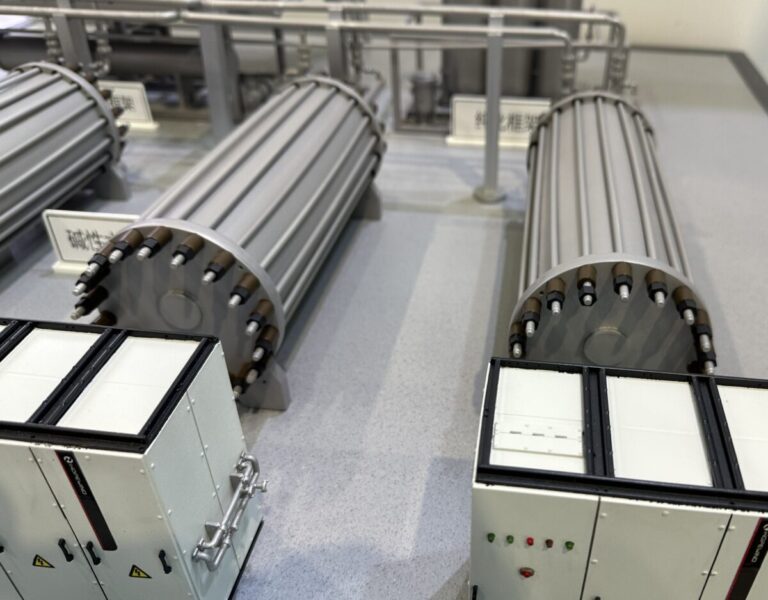While various institutions are calling for hydrogen production at sea or near the coast, the European Commission is preparing to move forward with its second hydrogen auction.
The European Commission published the final terms (T&Cs) for its second auction for renewable hydrogen (IF24 Auction), through the Innovation Fund. The auction will open on December 3, 2024 and will award up to €1.2 billion in support to renewable hydrogen producers in the European Economic Area (EEA). The successful bidders under the IF24 auction will receive a fixed premium in €/kg of renewable hydrogen produced over a period of up to ten years.
Germany Fraunhofer Institute for Energy Economics and Energy System Technology IEE has analyzed the economic impact on the European energy system of introducing offshore hydrogen production and that Germany could achieve annual savings of up to €4.3 billion ($4.76 billion) by setting up offshore hydrogen production on two energy islands. “The two energy islands have a limited connection to the electricity grid and are located approximately 150 km from the coastline in the German economic zone of the North Sea. The savings are mainly driven through lower costs for the construction of the electricity grid, especially cables from the coastline to the center of Germany, and higher utilization of HVDC cables,” said the research institute is referring to offshore hydrogen production on two energy islands, each connected to 10 GW of offshore wind energy, compared to a scenario in which all electricity from offshore wind farms is transported to land and can be are used within the German energy market without further restrictions.
The University of Houston said the Texas Gulf Coast has the opportunity to achieve “global hydrogen dominance.” The setting explained that the HyVelocity Hub aims to reduce CO2 emissions to less than 2 kg per kg of hydrogen within ten years. According to the report, Texas could achieve clean hydrogen production of 21 million tonnes per year (Mtpa) by 2050, with 12 Mtpa meeting local demand and 9 Mtpa for export.
Mitsubishi power said the JAC gas turbine has now entered deployment through a partnership with Chevron New Energies at the Advanced Clean Energy Storage (ACES Delta) Hub in Delta, Utah. “The hub will use excess renewable energy to convert green hydrogen and store it in two enormous salt caverns underground.” said the Japanese group, adding that the neighboring power plant, IPP Renewed, will house an 840 MW combined cycle gas turbine plant, initially powered by a mixture of hydrogen and natural gas. “By 2045 or sooner, the vehicle will run on 100% hydrogen,” Mitsubishi Power Americas said.
The European Commission launched a four-week call for feedback on the draft delegated act, which clarifies the methodology for evaluating the emissions savings from low-carbon hydrogen and fuels. This secondary legislation is required under the revised EU legislation for the hydrogen and gas market came into effect during the summer. “The Commission has 12 months after entry into force to clarify the definition of low-carbon hydrogen through a delegated regulation, but is seeking to have the rules in place sooner.” said the European executive body.
This content is copyrighted and may not be reused. If you would like to collaborate with us and reuse some of our content, please contact: editors@pv-magazine.com.


